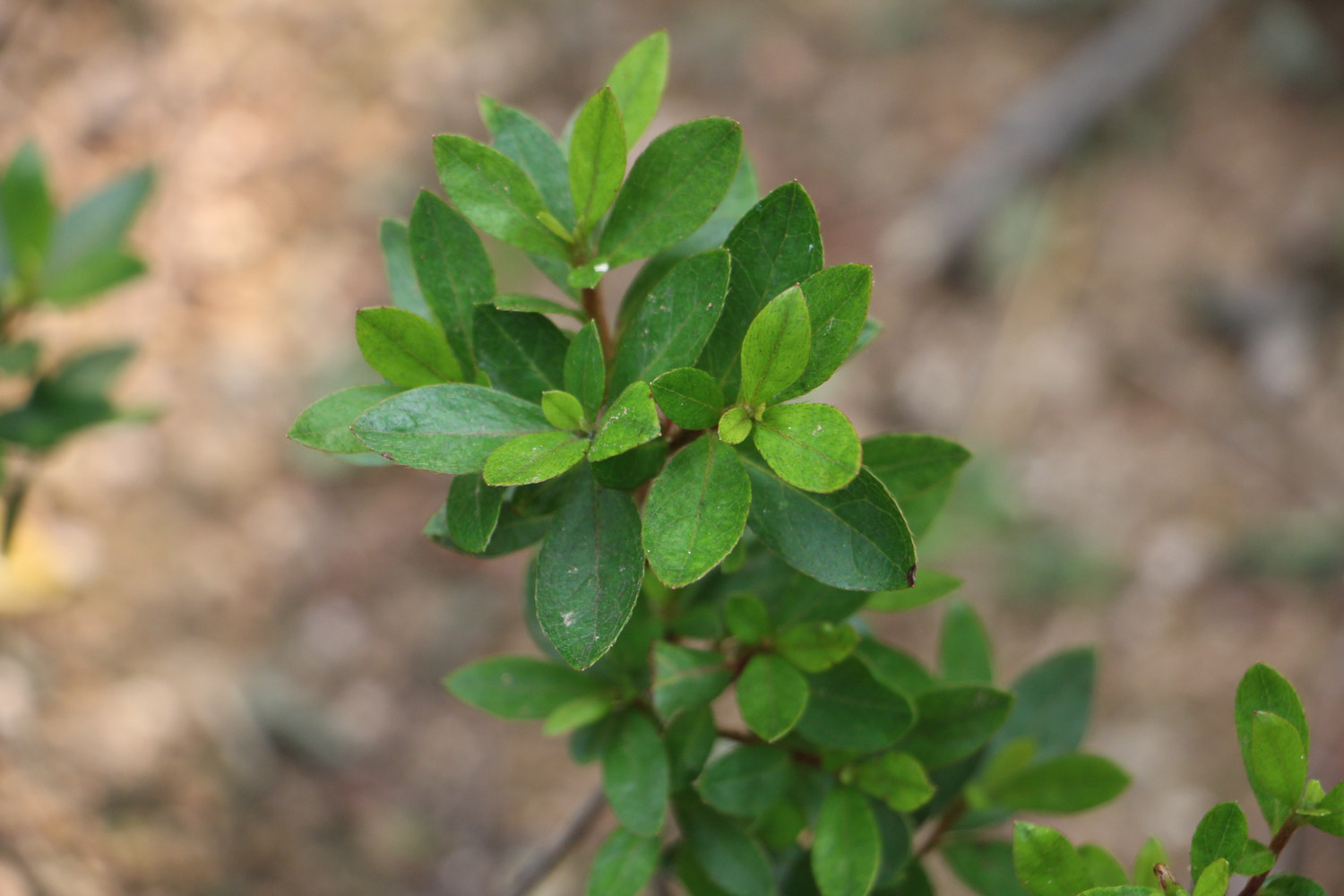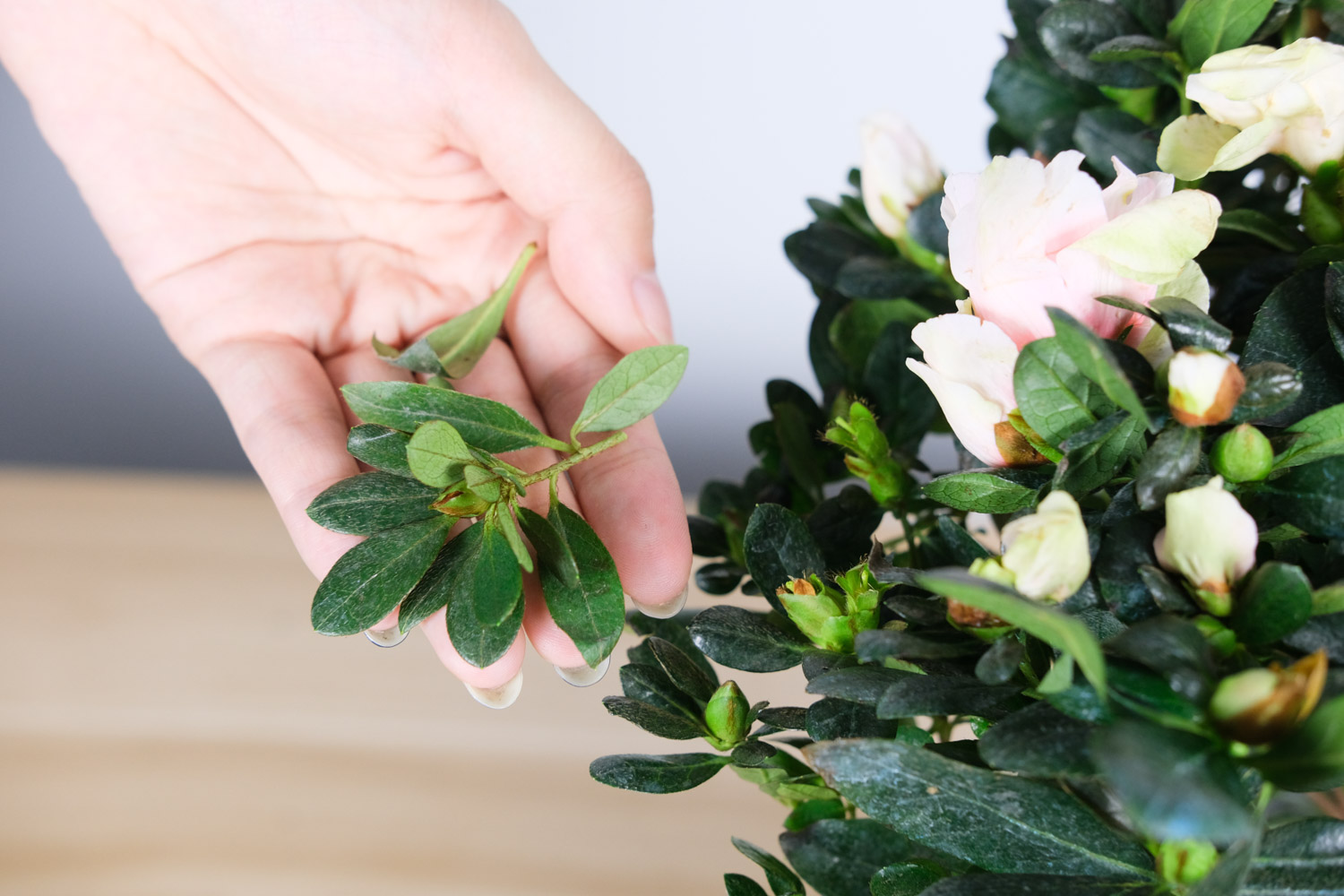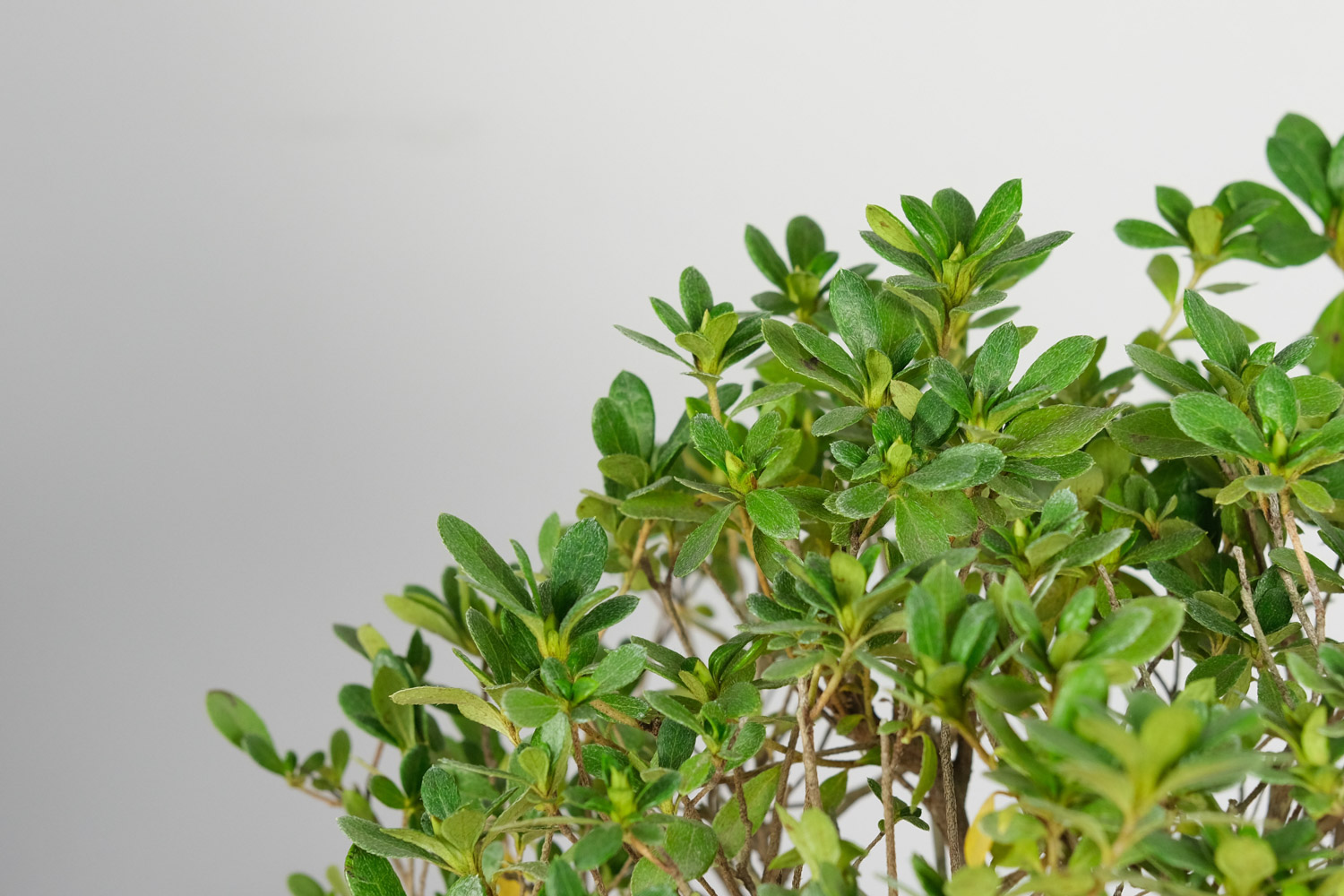1、 Matrix:
Because the roots of this kind of plant are very thin, we'd better choose some loose soil when selecting the cultivation substrate. Whether it's drainage or irrigation, it's generally fine-grained soil, such as rotten leaf soil or peat soil, plus coarse-grained pearl rock, which are generally stirred evenly to become the cultivation soil of the plant. Before transplanting into the pot, you can put a little bone meal on the substrate as base fertilizer, and then cut off some old dead branches, which can be conducive to the germination of new roots
2、 Ventilation:
Potted plants should be placed outside the house in a well ventilated place, not in a stuffy place with poor ventilation, nor in a closed room, otherwise the leaves of the plant will turn yellow and fall down until death

3、 Illumination:
This kind of flower doesn't need too strong light, just scatter light. In addition, when the temperature is higher than 35 degrees, you should pay attention to shade it
4、 Fertilizer and water:
1. Because its roots are thin and weak, and it is afraid of water logging, and it can't adapt to no water, so the soil is too dry or too wet will cause its poor growth. So wait for the basin soil to dry before pouring water. If it doesn't dry, don't care about it. Winter comes into dormancy, so it is necessary to stop the supply of water and fertilizer. If the temperature is high, you can drench once every 3 to 5 days. Bloom once a day. In addition to replenishment of water in summer, spray foliage and ground. Just keep the basin soil moist in autumn
2. When fertilizing, we mainly use machine fertilizer. In the peak season of growth, we can add thin fertilizer every other week. When inoculating flower buds, we can spray some special solution to make the flower color more bright. Fertilization should be stopped in summer and flowering, and phosphorus and potassium fertilizer should be added twice after flowering

5、 Trim:
It grows slowly and does not need to be cut in its infancy. However, after a few years, when the branches grow more, we need to cut off the weak and too long sick branches in early spring, and cut off the axillary buds around the flower buds to concentrate nutrients. After each year's flowers bloom, they should help them trim the remaining flowers to ensure the retention of nutrients, which is conducive to the flowering of the next year


 how many times do yo...
how many times do yo... how many planted tre...
how many planted tre... how many pine trees ...
how many pine trees ... how many pecan trees...
how many pecan trees... how many plants comp...
how many plants comp... how many plants can ...
how many plants can ... how many plants and ...
how many plants and ... how many pepper plan...
how many pepper plan...




























